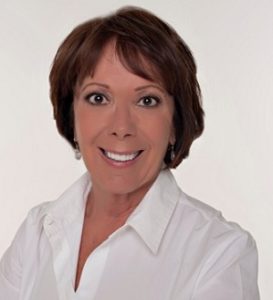 Innovation in HIT Can Begin to Close the Gaps
Innovation in HIT Can Begin to Close the Gaps
By Cyndy Nayer, President of the Center of Health Engagement
Twitter: @CyndyNayer
The state of health outcomes in the US is often quantified in the term “patient engagement.” Implicit is the need for patients to value what the delivery system values: adherence to interventions and protocols. What is missing is the whole-person view on these very interventions, specifically considering them in as a part of total responsibilities throughout the person’s day. Too often, the realities of managing family, work, and social obligations overwhelm time and money commitments.
In order for providers, payers, and employers to reap the benefits of the rapidly-growing IT transformation that is happening, the aperture has to be opened wider. Meaningful use 2 has stepped-up the value of electronic health records. But unless the records become person-centric and include non-clinical efforts along with clinical, we will never achieve the eighty-percent level of patient engagement, particularly in high-cost chronic disease control.
The Institute of Medicine has recently released a white paper that dives deeper into the social determinants of health, such as income, mortgage, and food insecurities. When families are faced with these roadblocks, expecting chronic care engagement is unrealistic.
Innovation in HIT can begin to close these gaps, and it would be foolish to think that they do not exist even in higher-educated, higher-earning populations. Earlier work has shown that non-adherence to treatment or protocols (tests, preventive exams, etc.) occur at all levels. The most important relationship to overcome the clinical barriers is the relationship between the patient and the provider (clinician, physician, or pharmacist), but the longer-term influences happen with peers at the worksite, community (churches, schools) and home.
The time has come, as the IOM suggests and we have wholeheartedly called for in previous work, to include a few questions on social-economic changes within the electronic health record. In no way is this a recommendation for physicians to now provide financial or mortgage counseling, but rather to be cognizant of the pressures on a person who is also attempting to manage his or her conditions.
Data by itself is just numbers and text. Data comes to life when there are meaningful interpretations of relationships. Data in the clinical setting is imperative to better outcomes so that decisions can be made on relevant data. But people are not data, and, whether patient, mother, salesman or student, clinical data become part of the person’s total decision-making warehouse.
By focusing on 5-8 questions on life priorities in the clinical setting, and tracking them in the EHR, the trusted relationship is enhanced, barriers are dismantled, referrals can be made (if appropriate), and sequenced timing of protocols and interventions can be considered. A doctor might consider not changing a medication at the visit if there are pressures at work that could cause interference; a patient could be more open about the concerns, not only of costs, that will cause a delay in changing health management patterns.
When only the clinical consequences are considered, the trust between the patient and the physician is endangered and engagement is derailed. When the patient can be courageous and ask for help, when the care coordinator can monitor total wellness including food, home and work, then the system has truly honored its purpose to heal. Engagement must happen by identifying the risks and timing that works for the person, providing the data and the support to assist. This is not a burden that physicians should bear alone, nor, even that hospitals/health systems/payers should bear individually. This is a commitment in EHR advancement that is imperative for the health and economic viability of our communities.
About the Author: Cyndy Nayer is the President of the Center of Health Engagement, promoting health and digital innovation. She has been named one of the top 6 thought leaders in health care innovation by EY (Ernst and Young).
